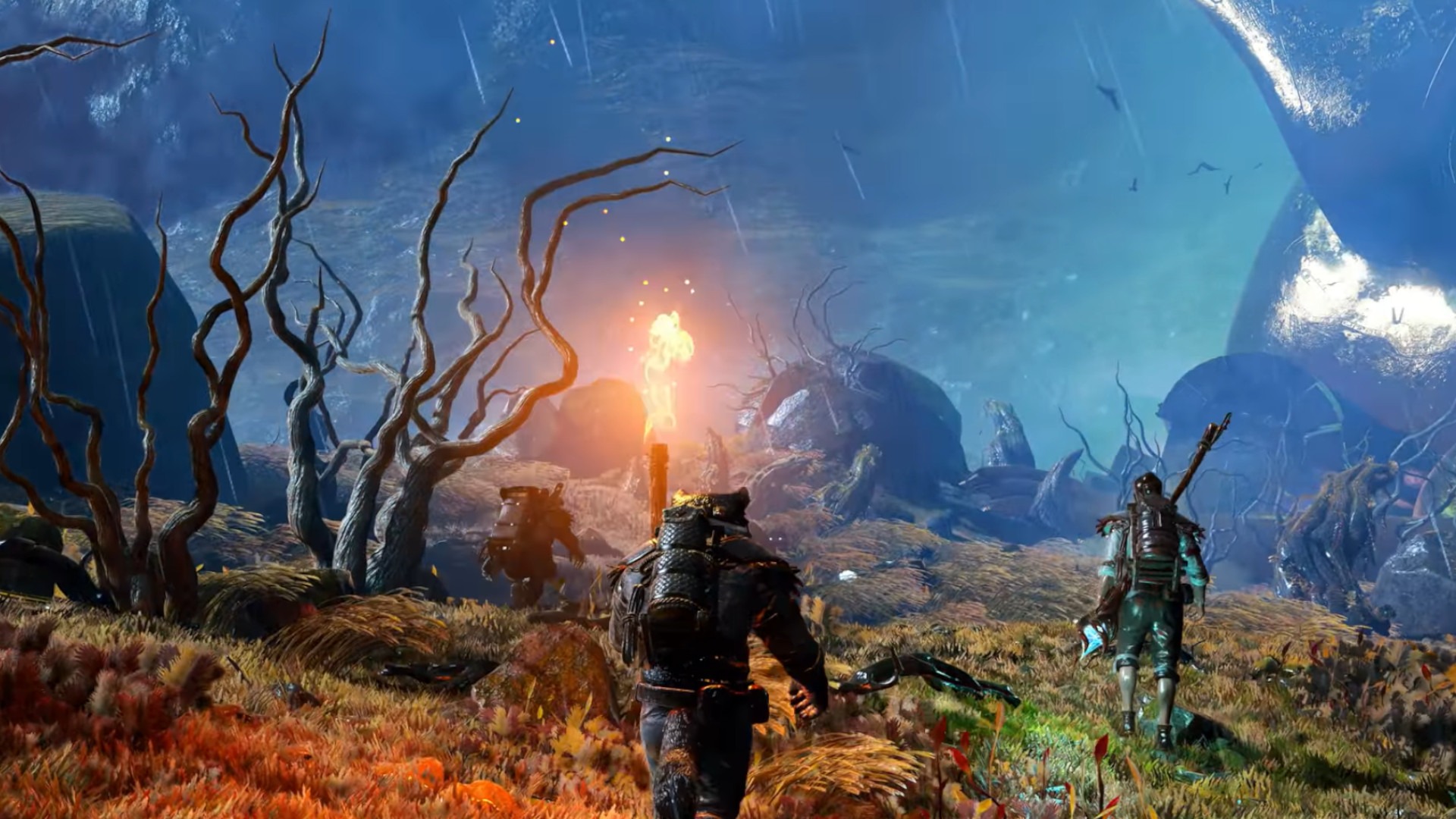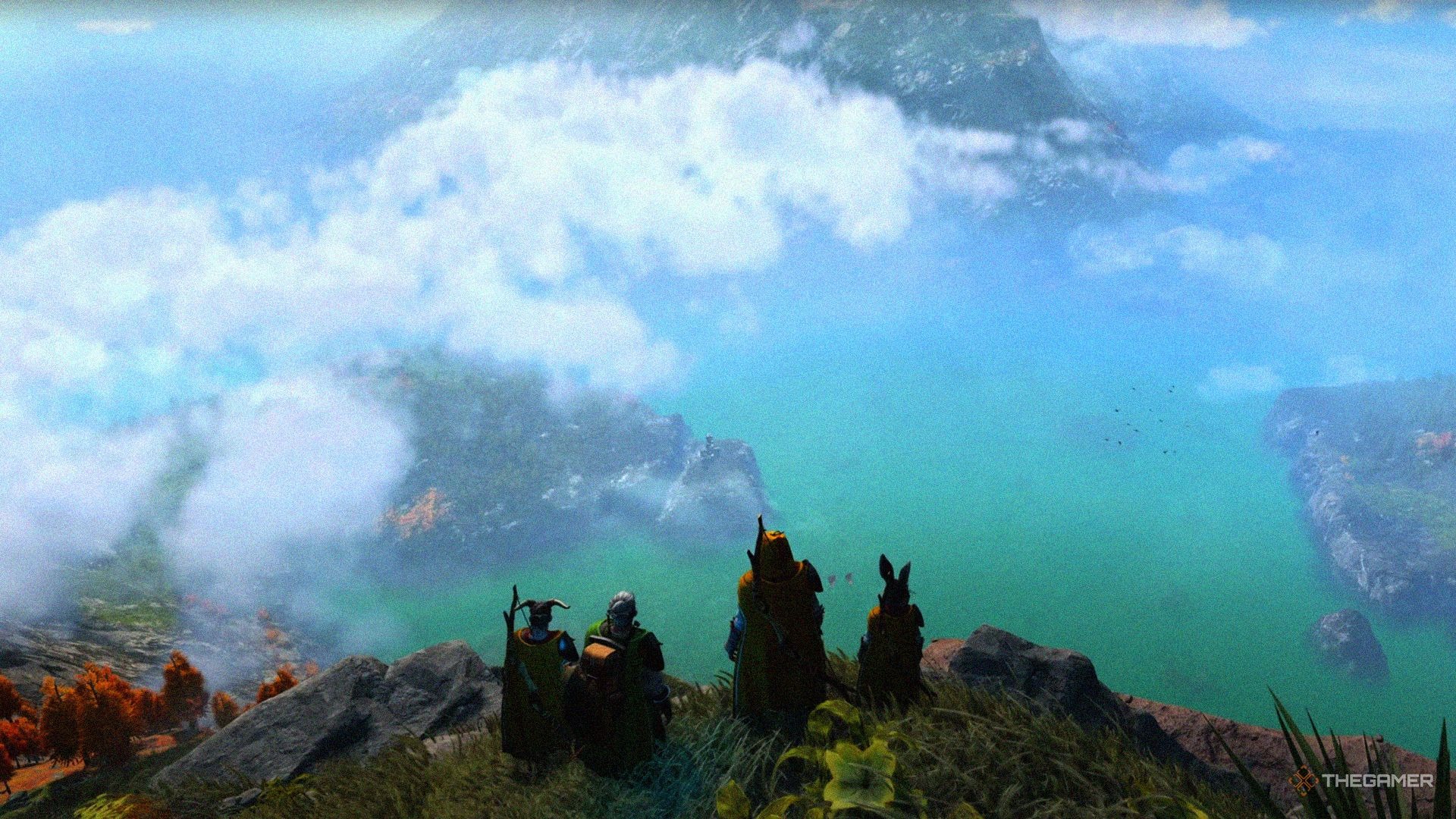Sailing the Uncharted: Why Light No Fire’s Oceans Are Truly Breathtaking and Unconquerable
Popular Now
 The Legend of Zelda
The Legend of Zelda
 CarX Street
CarX Street
 Poppy Playtime
Poppy Playtime
 Stumble Guys
Stumble Guys
 Minecraft
Minecraft
 God of War Ragnarök
God of War Ragnarök
 Minecraft
Minecraft
 Among Us
Among Us
 Candy Crush Saga
Candy Crush Saga
 Geometry Dash
Geometry Dash

Since its announcement, Light No Fire, the next ambitious project from Hello Games, has captivated the gaming world with its promise of a single, Earth-sized fantasy planet. This procedural world, a bold departure from the infinite universe of No Man’s Sky, is designed to feel alive, dense, and full of secrets. But among the many breathtaking promises—climbable mountains, ridable dragons, and a rich, shared fantasy experience—one detail has truly underscored the sheer scale of the game: its oceans. Hello Games founder Sean Murray recently confirmed that these are not mere decorative bodies of water but “real oceans to traverse, needing large boats and crews.” This statement, more than any other, has sparked a conversation about the true scale of the game, suggesting that a single player might never, in a lifetime, be able to explore every last corner of this virtual world.
The implications of “real oceans” are staggering. On our own planet, humans have explored less than 20 percent of the oceans. The vast majority remains a mystery, a testament to the sheer, incomprehensible scale of water-covered surface area. If Light No Fire’s procedural generation truly mimics this scale, then its oceans will be the most significant barrier to complete exploration. This isn’t just about a long boat trip; it’s about a commitment to a journey that could take days or even weeks of real-world time to complete. It challenges the traditional gaming mindset of “100% completion” and pushes players to embrace the spirit of genuine exploration and community.
This shift in design philosophy is a powerful statement from a studio that has learned from its past. While No Man’s Sky offered an infinite universe, much of it felt empty. By focusing on a single, Earth-sized planet, Hello Games can dedicate its technical prowess to making a world with unparalleled depth and density, where every biome feels unique and every deep-sea trench holds a mystery. The inclusion of complex naval mechanics, teased by the recent Voyagers update in No Man’s Sky, further confirms that these are not just graphical flourishes but core gameplay loops.
The Technical and Gameplay Implications of ‘Real Oceans’
The concept of true-to-scale oceans in a video game presents immense technical and gameplay challenges. Hello Games’ experience with procedural generation in No Man’s Sky gives them a unique foundation, but adapting it for a singular, spherical world with realistic geography is a different beast entirely.
- Massive Scale: A planet the size of Earth means its oceans would be immense, covering over 70% of the surface area. Crossing even a relatively small ocean could take hours, if not days, of dedicated travel. This isn’t a simple five-minute boat ride; it’s a monumental undertaking that requires planning, resources, and often, a crew.
- New Gameplay Mechanics: To make such a journey engaging, the game will need to introduce a host of new mechanics. We can expect complex boat and crew management systems, similar to the starship customization in No Man’s Sky. Players will need to build, upgrade, and repair large vessels, manage resources like food and water, and navigate treacherous weather and sea creatures.
- Encouraging Multiplayer Co-op: The need for “crews” to traverse the oceans strongly suggests a focus on multiplayer. Crossing a vast ocean would be a shared journey, with players working together to man the sails, scout for land, and fend off threats. This reinforces the game’s core pillar of being a “Multiplayer Earth” and fosters a sense of community.
- Depth of Exploration: Beyond the surface, the oceans themselves will be ripe for exploration. The trailer hints at the ability to “plunge into the darkest depths of the deepest seas.” This could mean a completely separate, sub-aquatic biome with its own unique flora, fauna, and resources, making deep-sea exploration a viable gameplay loop.
 The Lasting Impact: A World That Cannot Be Conquered
The Lasting Impact: A World That Cannot Be Conquered
The most profound aspect of Light No Fire’s oceans is the philosophical statement they make about the nature of open-world games. For too long, “open world” has meant a checklist of locations to visit and quests to complete. The promise of an unconquerable world, one where you will likely never see it all, is a radical departure from this formula.
Instead of a game about completion, Light No Fire is shaping up to be a game about discovery. The oceans serve as the ultimate boundary, a “final frontier” that forces players to make meaningful choices about where to explore. It instills a sense of awe and wonder, the feeling that there is always something more to find, a new continent to discover, or an uncharted island to colonize. This is a game where the journey truly is the destination, and the most valuable rewards might not be a rare piece of loot but a beautiful, undiscovered coastline or a hidden civilization.
Light No Fire isn’t just a game; it’s an ambitious experiment in creating a virtual world that mirrors the scale and mystery of our own. The “real oceans” are not just a technical feature; they are the embodiment of its core philosophy. They are a promise from Hello Games that this world is too big to be fully known, inviting players to join a community of pioneers, charting the unknown seas and building a shared history on a planet that will forever remain a mystery.









